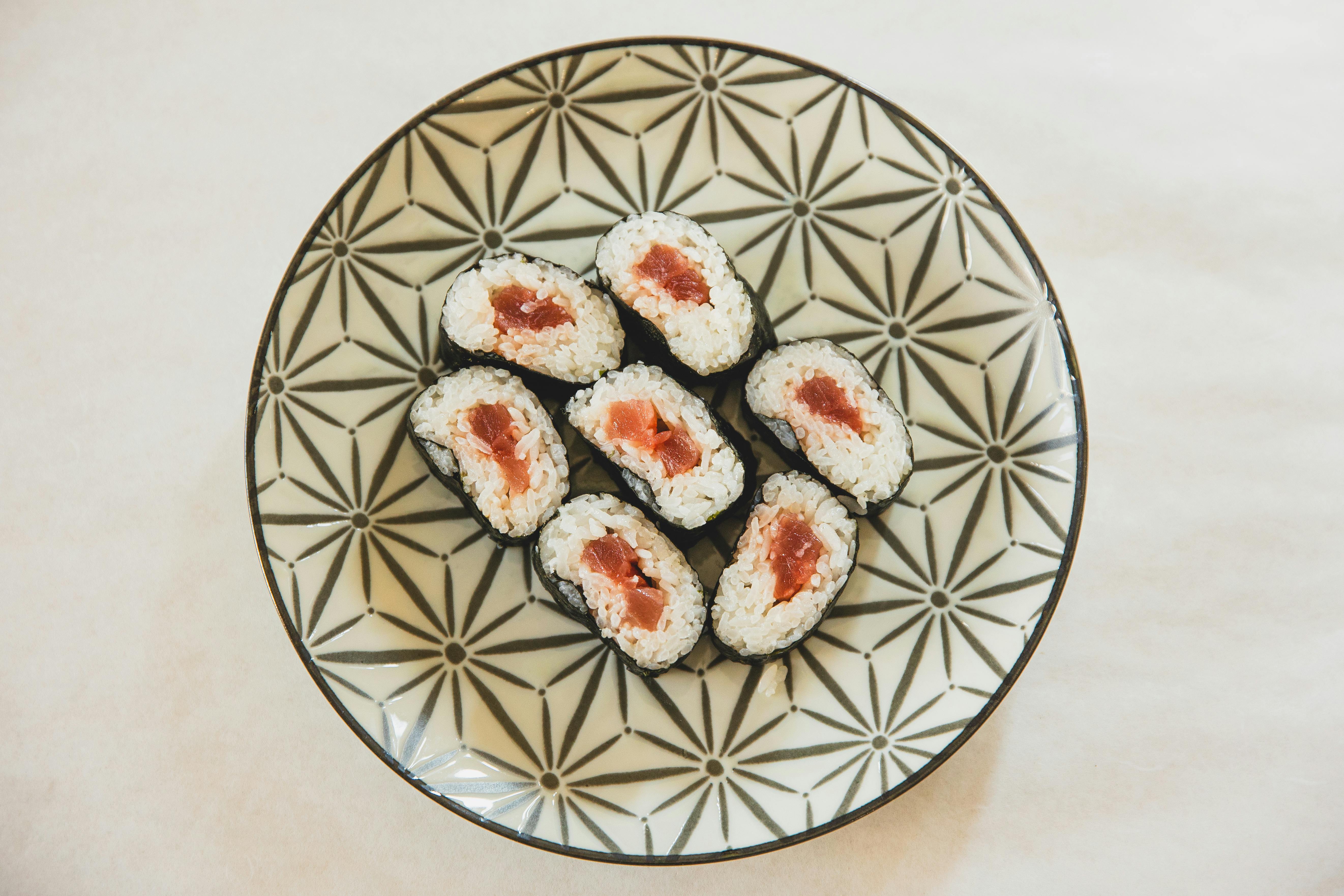First rules of kitchen design
The best way to start planning a kitchen design is to consider the position of the basic elements; kitchen equipment, sink and refrigerator. The formula for a convenient and safe workspace between these elements can take the form of a solid line or a closely related ‘work triangle’.
This sequence of work should be limited to a distance of 5 to 7 m (approximately 16 to 23 ft) and remember to include enough storage space for the materials and utensils you will use to prepare and cook food. Even if you only intend to make tea in your kitchen, you still need to examine the relationship in the allotted space between the kettle, water supply, tea and sugar, cups, and refrigerator.
Ultimately though, your choice of work triangle will likely be determined by the size and shape of your current kitchen and whether or not you like it.
The linear design, comprising a wall running at least 3 m and not more than 6 m (approximately 10-19 ft), where the countertops are interspersed with the sink and stove, is probably the only answer for long rooms. and narrow. . A studio apartment wall would also be ideal, as you can hide the kitchen when not in use, behind hinged bi-fold doors or a long sectional screen.
With its design origins aboard ships, smaller yachts and aircraft, the galley kitchen has since been adopted in domestic interior design because it is ideal for small kitchens where every inch is crucial. The counters span two parallel walls with the sink and stove on one side, with a counter between them, and the food prep area and refrigerator on the other. The sequence is reasonably flexible, of course, even if the spacing between elements is constrained. The aisle between the two counters should be approximately 4 feet (1.4 m) wide for easy access to cabinets and drawers under the counter.
An island design is very traditional, reminiscent of huge country house kitchens or ‘under the stairs’ cellars of big houses, where the center table is also a serious work surface for kneading cakes, icing lots of fresh pastries or shelling peas at the same time. Cube. It’s still the go-to choice for many serious cooks who want lots of work surfaces. The additional central workstation can even incorporate a small sink for preparing vegetables and even a cooker, although this might also require a cooker hood. You could also include a space that accommodates the more social side of the kitchen’s ethos: everyone is always drawn, like magnets, to where the busy cook is working, and a kitchen island is an ideal solution if your friends or family like it. like to meet to talk and eat together.
In L- and U-shaped layouts, the work triangle works between two or three walls, an arrangement that works equally well in a small or large room. Keep in mind, however, that no matter how spacious your room is, the triangle still needs to be contained within its optimal spacing. If you want to combine either alternative with a dining area, which can often work well, you’ll need to position the table carefully, to give it a feeling of space and comfort, while making sure you don’t interrupt or block work. area with unnecessary obstacles.
